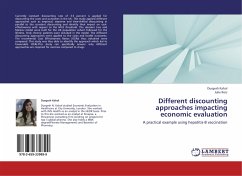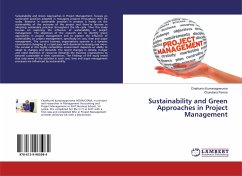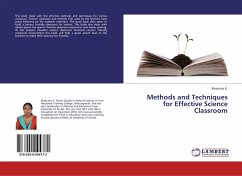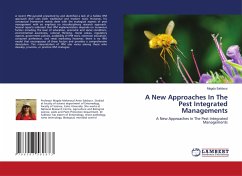
Different discounting approaches impacting economic evaluation
A practical example using hepatitis-B vaccination
Versandkostenfrei!
Versandfertig in 6-10 Tagen
32,99 €
inkl. MwSt.

PAYBACK Punkte
16 °P sammeln!
Currently constant discounting rate of 3.5 percent is applied for discounting the costs and outcomes in the UK. This study applied different approaches such as empirical, stepwise and time-shifted discounting in parallel to the constant discounting and identify their impact on cost-effectiveness with respect to the NICE threshold. The decision tree and Markov model were built for the UK population cohort followed for the lifetime. Only chronic patients were included in the model. The different discounting approaches were applied to the costs and health outcomes. The Incremental Cost Effectiven...
Currently constant discounting rate of 3.5 percent is applied for discounting the costs and outcomes in the UK. This study applied different approaches such as empirical, stepwise and time-shifted discounting in parallel to the constant discounting and identify their impact on cost-effectiveness with respect to the NICE threshold. The decision tree and Markov model were built for the UK population cohort followed for the lifetime. Only chronic patients were included in the model. The different discounting approaches were applied to the costs and health outcomes. The Incremental Cost Effectiveness Ratios (ICERs) thus obtained were compared. This study was thus able to identify the approach which led to favourable ICERs.This study can specifically answer why different approaches are required for vaccines compared to drugs.












